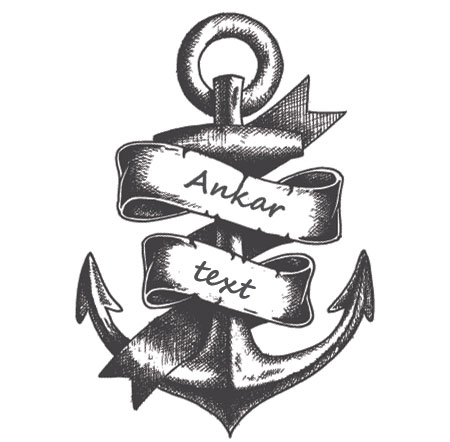
Right now, it’s especially important to keep an eye on your inbound links (links pointing to you, rather than from you) because Google is rolling out yet another update. Over the summer, they launched a Link Spam Update.
This summer, Google has been working on an update regarding links, but compared to the Core Update that was also released during the summer, the impact seems to be much smaller. That said, if you’ve seen a big change in rankings from July 26 onwards, it might be time to react. That’s when the changes to how Google handles links took place. Since the impact on the Nordic markets has been minor, there isn’t much data to go on yet.
Things to keep in mind about links
- You should avoid so-called sitewide links, links that appear on every page of a site. Sometimes SEOs argue that certain sitewide links are natural, but that’s a flawed reasoning. The algorithm won’t accept that part of your link profile looks “spammy” and still consider it natural. Bad links are bad for you. At the same time, the effect of sitewides is strong — you get a lot of power to your site, which makes it tempting for many even though the risk increases.
- You should also be careful with exact match anchor text, meaning anchor text that exactly matches your keyword — especially in sitewides. This is a problem because anchor text is still a ranking factor. You need matching anchor texts to rank for a keyword, but you absolutely must not overdo it. It’s a balancing act, more on that below.
- Links from sites that clearly look bought are also a negative signal. This includes everything from advertorials with a sales pitch to automatically generated text or press releases published on countless sites. These are older link building models that used to work, which is why Google has acted against them.
Beware of aggressive anchor texts
The fact that links pass anchor text — that the anchor text helps determine which keyword a page can rank for — is both basic SEO knowledge and, in my experience, the biggest trap for newer SEOs. A deeper understanding of links and their anchor texts still seems to be lacking in many places.
So what counts as aggressive linking when it comes to anchor texts?

Let’s start with the basics. A link doesn’t just pass PageRank — it also passes anchor text. These are the cornerstones of Google’s search engine. The anchor text (i.e., the clickable text of the link) is a good way to describe what the page being linked to is about. That makes it a good indicator of which search result the page should appear in. Naturally, this was something SEOs overused in the early years of SEO, and Google responded accordingly.
There are several filters, and you can even get manual actions if you have too many links with exact or near-exact anchor text. What’s come to be described as exact match anchor text is when the anchor text exactly matches the keyword you want to rank for. The most well-known filter related to anchor text is Penguin, a filter that hits sites very hard if they have too much exact or partial anchor text.
Why is it difficult to manage?
The problem is that it can be tricky for beginners to truly understand when anchor text is too aggressive, because aggressive anchor text often produces good results — at least in the beginning. Since anchor text is a ranking factor, more seems better. If you have lots of links with the exact keyword, you’ll climb the rankings. Until you cross a (rather vague) line, or until one of Google’s filters runs — which doesn’t actually happen that often.
This means that sometimes you can build these kinds of links for years and still climb, and sometimes nothing negative happens until someone manually reviews your link profile over in Mountain View. Jeremiah (yes, that’s a biblical reference) asked, why do the wicked prosper? If aggressive link building works, should you stop? Naturally, it depends on your long-term SEO goals. Flash-in-the-pan rankings are common in SEO and often reinforce this behavior.
If you’ve just climbed to a really good position on a competitive keyword using something as simple as 50 links with the exact anchor text — and if you don’t yet have much experience with filters or manual actions — it’s easy to believe that SEO isn’t that complex after all. Psychologically, it makes sense to keep doing what seems to work, maybe even for your clients. The problem is that when the penalty comes, it often hits hard. If you’ve crossed the line to the point where Penguin reacts, it can take years before you recover your top-10 rankings, and chances are you’ll never fully regain your previous positions.
Show some respect for the algorithm and take it slow
The only sensible way, if you don’t plan to be a one-hit wonder, is to take it easy with anchor texts. Don’t be too aggressive — let the results take time. For high-competition keywords, it’s not reasonable to rank at the top within a month or two unless you already have enormous authority. Show the algorithm some respect: you haven’t outsmarted the system after just six months of SEO.
In summary
We don’t know much yet about how this update has affected the Nordic countries, since very few search results seem to have been impacted. But if, against the odds, you noticed changes around July 26, it’s worth taking a closer look at your link profile. Our recommendation is to focus on traditional quality signals.
If you’re interested in reading more about manual actions and filters, I recommend our guide.
